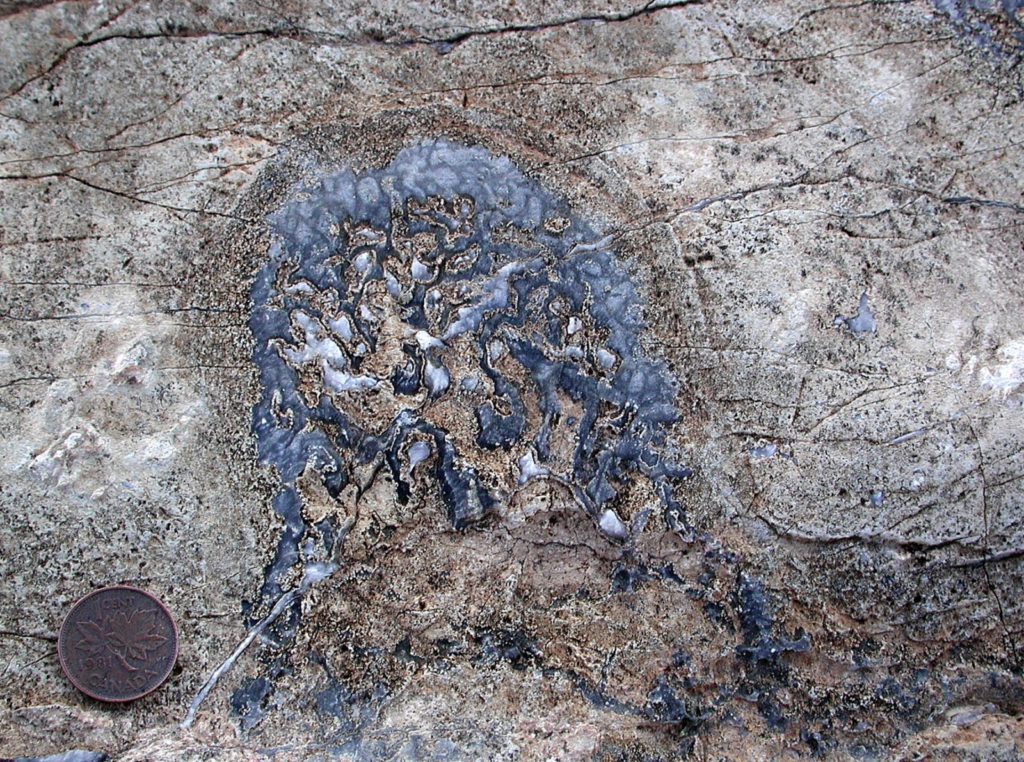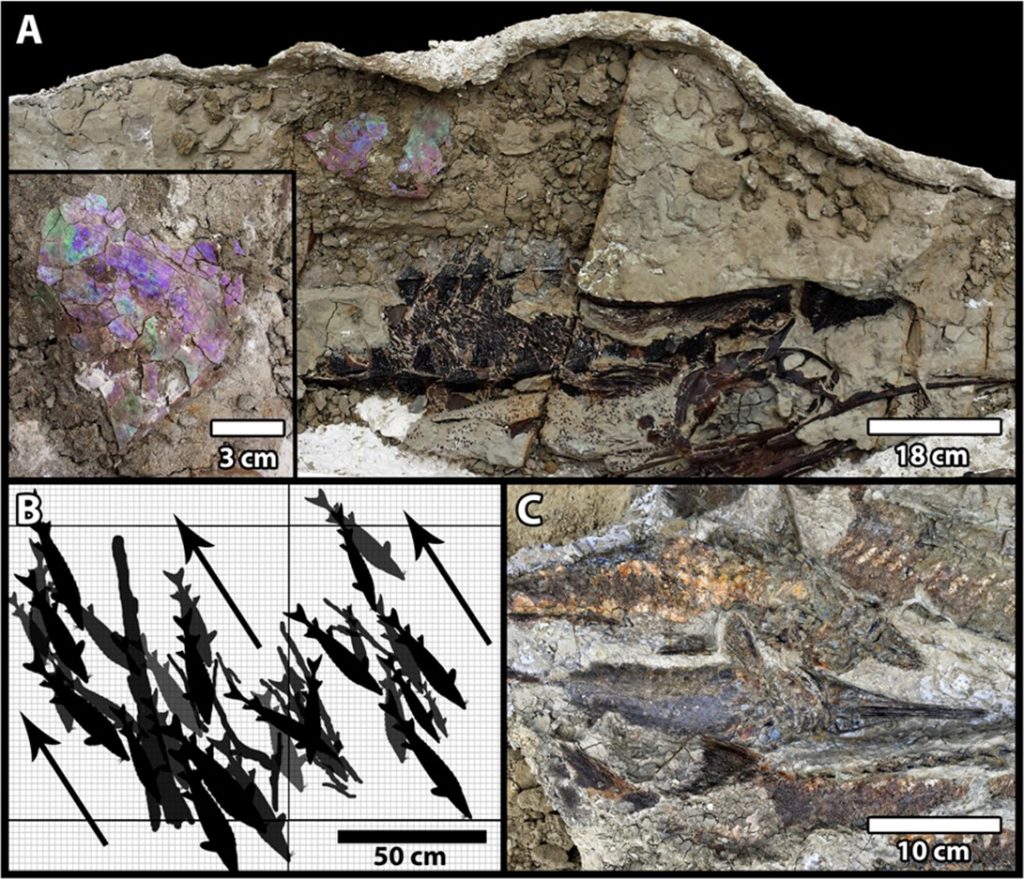I have always sought to grasp the widest spatial and temporal context in which we find ourselves. So, after completing a physics degree at Cambridge University, I focused on cosmology and did a PhD on the structure of clusters of galaxies at Oxford University. I then joined the Science Museum, London, where I discovered the challenges and rewards of conveying science to the public. In 1984, The Computer Museum in Boston recruited me as Curator and Director, and there I developed exhibitions on the history, technology, and applications of computers.
Two things attracted me to geology. First, while the spatial dimensions are not cosmic in scale, we have fully one third of the age of the Universe right here under our feet. The earliest rocks on Earth were formed at a time when the Universe was a very different place. Second, I am in awe of our physical landscape, especially of mountain belts, and I wanted to understand the processes that have shaped the planet since it formed over four billion years ago. After I took several fine courses at the Open University and at MIT, Sam Bowring at MIT invited me to learn about geochronology in his isotope lab. Then, Mike Searle at Oxford invited me to take on a research project at Oxford. That developed into an effort to pin down movement along the Karakoram fault in Ladakh by U-Pb dating of the various intrusive phases adjacent to the fault near Lake Pangong. The Geology Bites podcast series grew out of a desire to share nuggets and perspectives of this remarkable field of study and to reveal just how the ingenuity of its practitioners has enabled us to find out so much about the Earth.
Geology Bites aims to capture the key ideas of leading researchers in language that the non-specialist can understand. But while eliminating jargon, I have tried not to sacrifice the essence of the ideas, even when they are quite subtle or complex.
The episodes to date span paleontology, tectonics, geophysics and seismology, geodynamics, volcanology, geomorphology, the early Earth, and planetary science.
Episodes that might be of particular interest to readers of this blog are:

Namapoika, an Ediacaran sponge, often found together with Cloudinia. It has only been found in a single locality in Namibia and has an age of 547 million years. Courtesy of Rachel Wood

Photomicrographs of a normal Grandispora Cornuta spore (left) and a malformed spore of the same species (right). The deformed spore is thought to have been affected by increased UV, which John Marshall uses as an important clue in explaining the end-Devonian mass extinction. Courtesy of John Marshall

The Tanis deposit in North Dakota contains piles of fish entombed in a thick surge deposit. They have tektites stuck in their gills but not in their gut – which attests to their death within about an hour of the asteroid impact (DePalma et al., PNAS 2019, 116, 8190)
The podcast format is a 20- to 30-minute conversation between an eminent Earth scientist and me. Each episode is backed up by a dedicated web page on geologybites.com. The series currently has 33 episodes, and I post new episodes every week or two – whenever they are ready. In the pipeline right now are:
- Annakaisa Korja on the Assembly of Europe, Part 1: The Precambrian Baltic Shield; and
- Claude Jaupart on Whether the Earth is Cooling Down.
You can listen on the geologybites.com while viewing the podcast page, or on Spotify, Apple Podcasts, or wherever you normally listen to podcasts.
I really hope you enjoy the series. And please send me comments and suggestions or ask me to add you to the email list for notification of new episodes at geologybitespodcast@gmail.com.

